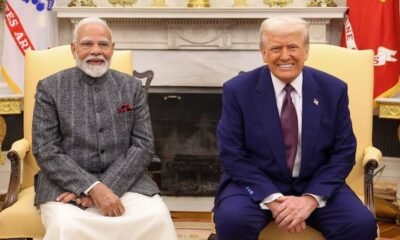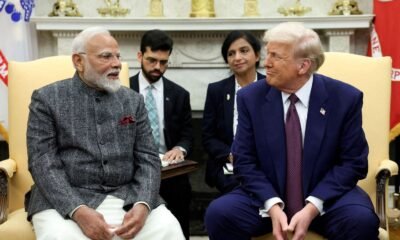Travel Guides & Articles
Afghan Foreign Minister's India visit cancelled over UNSC travel ban: Report | India sought a travel ban waiver for him: Report | Inshorts – Inshorts
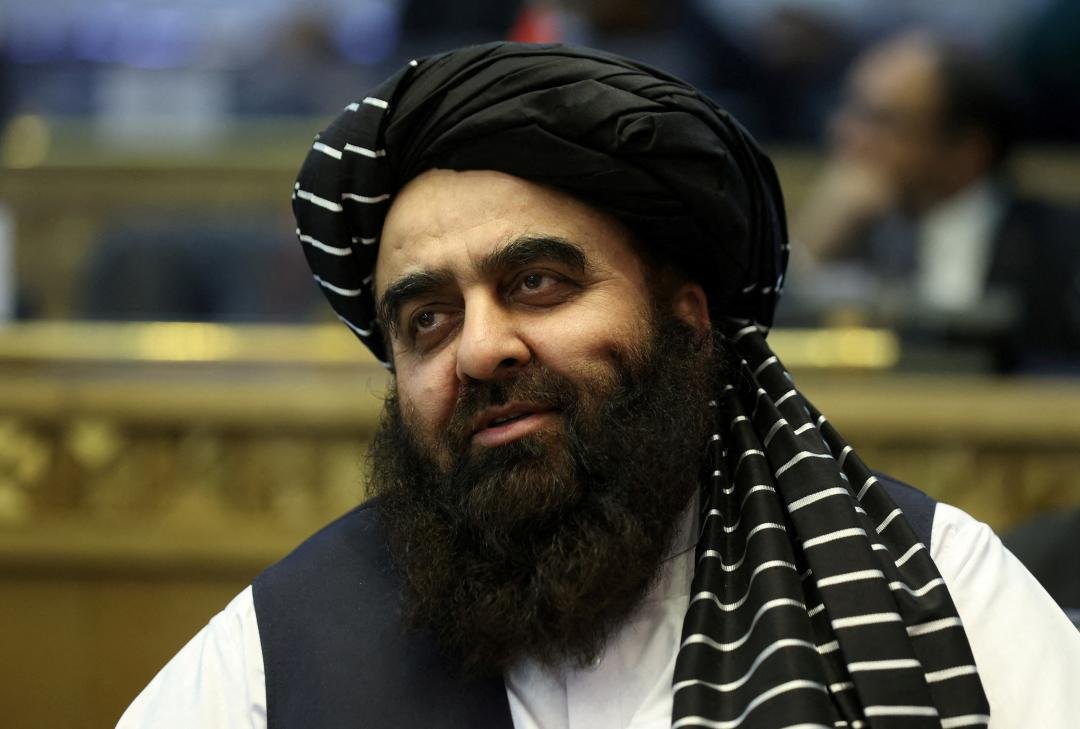
Travel Guides & Articles
PM Modi-Xi Jinping meeting: India and China to resume direct flights after five-year hiatus
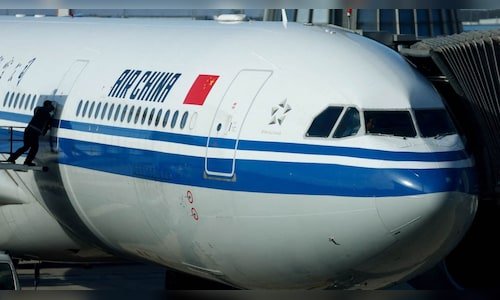
Air travel between the two countries was halted in early 2020 due to the COVID-19 pandemic and further disrupted following the deadly border clash in the Galwan Valley that year. Since then, passengers and cargo have been rerouted via third countries such as Thailand, Singapore, and Hong Kong, adding substantial time and cost to travel and trade.
Indian Prime Minister Narendra Modi confirmed the move on Saturday, a day beforer the Shanghai Cooperation Organisation (SCO) Summit and his meeting with Chinese President Xi Jinping, stating that both governments had agreed to restart direct flight services as relations between the two nations showed signs of improvement. “We are reopening one of Asia’s most important economic corridors,” Modi said, according to reports, adding that the decision would benefit businesses, students, and families across both countries.
Sharing my remarks during meeting with President Xi Jinping. https://t.co/pw1OAMBWdc
— Narendra Modi (@narendramodi) August 31, 2025
Also read | PM Modi meets Xi Jinping in Tianjin as SCO Summit gets underway
Before the suspension, traffic between India and China was considerable. Before the Pandemic in the financial year 2019, over 816,000 passengers travelled between the two nations, with Indian carriers such as Air India and IndiGo operating hundreds of monthly flights alongside Chinese airlines. Cargo movement was also significant, with nearly 30,000 tonnes shipped annually — higher than the cargo volume between India and the US.
The resumption of direct flights is expected to revitalise trade and tourism, as well as support Indian and Chinese companies with firm business ties. For students and professionals who previously relied on complex transit routes, the resumption of direct services will simplify travel and reduce costs.
No official schedule has yet been released, but aviation authorities in both countries are expected to approve routes in the coming weeks. Industry experts predict that carriers will initially resume limited services before expanding based on demand.
The move comes amid broader efforts to stabilise ties between New Delhi and Beijing, with high-level diplomatic engagements resuming and trade volumes gradually recovering. While tensions remain, the restoration of direct air links is being seen as a positive step toward normalising relations.
Travel Guides & Articles
Mumbai’s electric water taxi set for Sept launch
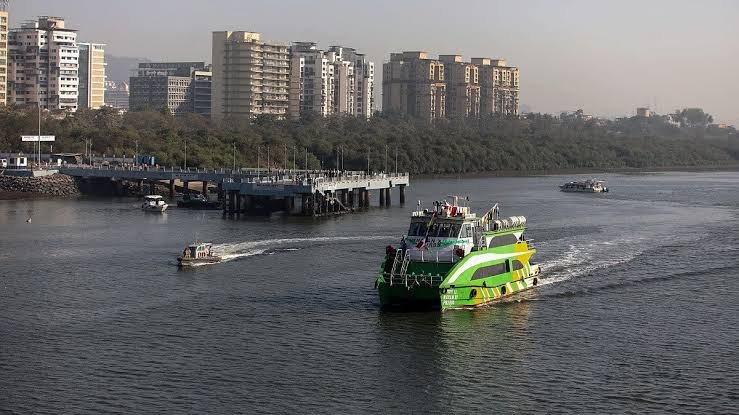
Mumbai’s much-awaited electric water taxi service is set to begin operations on September 22, promising a faster, cleaner, and more comfortable commute between Gateway of India/Mumbai Ferry Wharf and the Jawaharlal Nehru Port Authority (JNPA). The service will replace the existing wooden boats that currently ply the route, cutting travel time from over an hour to less than 40 minutes while offering an eco-friendly alternative.
Bharat Freight Group (BFG), which will manage the operations, has confirmed that two vessels will be introduced in the first phase. One is a hybrid boat powered by solar energy, an electric battery, and a diesel backup, while the other will be fully electric. Both boats can be charged in under an hour, ensuring quick turnaround times for smooth operations. This shift is expected to modernise water-based transport and reduce dependency on fuel-powered vessels.
In the second phase, the fleet will be expanded with four hydrogen-powered boats once the required generators are in place. These vessels will further strengthen Mumbai’s push toward sustainable transportation and align with broader environmental goals. Authorities believe that with this expansion, the water taxi network can become a reliable daily commute option for both office-goers and tourists.
The boats are made of fibre and glass and feature a European design, offering not only improved energy efficiency but also enhanced stability and passenger comfort. This makes them suitable for varied weather conditions and ensures a smoother ride across Mumbai’s busy waterways. The introduction of these vessels marks a significant upgrade over the older fleet in terms of safety and passenger experience.
BFG has also announced plans to expand the service beyond JNPA by adding new routes that will connect South Mumbai to Elephanta Caves, Belapur, Alibaug, and various harbour tourism circuits. This could open up new tourism opportunities and improve connectivity between key coastal destinations in the region.
The launch of Mumbai’s electric water taxi service is being hailed as a milestone in the city’s transport evolution, combining modern technology, environmental responsibility, and improved efficiency. It is expected to ease congestion on roads, offer a scenic travel alternative, and serve as a model for other coastal cities in India looking to modernise their transport infrastructure.
Travel Guides & Articles
Travel slump: June sees a dip in number of Indian visitors in US; first decline since 2001 | India News
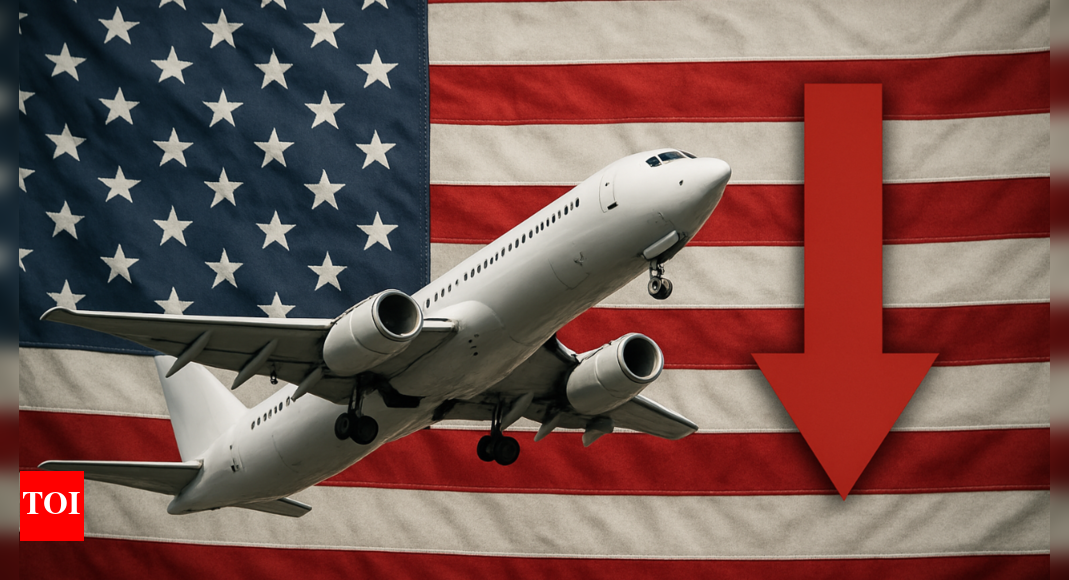
NEW DELHI: The desi peak outbound travel month of June saw a decline in the number of Indian visitors to the US in 2025 over the previous year for the first time this Millennium — barring the Covid period. With 2.1 lakh Indians headed to America in June, the number was 8% lower than 2.3 lakh in same month last year, according to data from US commerce dept’s National Travel and Tourism Office (NTTO). The provisional figure for this July shows 5.5% fall over same month last year.Overall, the US has been seeing a decline in international visitors — and not just from India — in recent months. NTTO says total non-US resident international visitor volume to the US decreased 6.2% in June 2025 over June 2024; 7% in May; 8% in March; 1.9% in Feb. This Jan saw 4.7% increase over same period last year and April was up 1.3%.
India is the fourth largest source market for international visitors for the US. Since the two biggest source markets — Mexico and Canada — share a land border, India is the second biggest overseas source market with the UK being the biggest. “Combined, these top five source markets (with Brazil being the fifth) accounted for 59.4% of total international arrivals” this June, says NTTO.While travel industry biggies here say it is too early to pin the blame for fall in Indian visitor numbers on the stricter visa regime adopted by President Trump in his second presidency which has seen souring of India-US ties, the impact could be more pronounced going ahead if the same continues. The reason: US mostly issues 10-year validity multiple entry visitor and business visas (B1/B2) so people who already have the same can keep travelling. But if new visas get impacted for reasons like long appointment time or stricter issuance norms, then with a time lag the impact will be visible.“We are seeing a very visible impact on student segment this year due to delay in visa issuance even after people securing college admission. Historically, the biggest categories of visitors headed from India to the US have been visiting friends & relatives (VFR), business and students. The US was never a top leisure destination for Indians. That space has been led by Southeast Asia, Middle East and Europe. North America came after that. Right now apart from students we are not seeing a dramatic impact on the other segments but if new visa issuances are affected, they will also be hit with a certain time lag,” said a leading travel agent.With an Indian diaspora of over 50 lakh, the US sees great demand for travel from the India. NTTO data shows since the start of this Millennium, every June had seen a jump from same month in last year till 2025 broke that trend.April was a great month as far as outbound from India is concerned. According to Indian tourism ministry data, 29 lakh Indians travelled abroad this April with the maximum going to the UAE followed by Saudi Arabia, Thailand, Singapore and the US.“But after May and June, travel was severely impacted following the Pehelgam terror attack, closure of Pakistan airspace (which continues for Indian carriers & vice versa) and then the Air India Ahmedabad crash. So every destination, especially in the west, was impacted badly. The drop to the US may not be in isolation as fast as western destinations go,” said another travel biggie.
-
Tools & Platforms3 weeks ago
Building Trust in Military AI Starts with Opening the Black Box – War on the Rocks
-

 Ethics & Policy1 month ago
Ethics & Policy1 month agoSDAIA Supports Saudi Arabia’s Leadership in Shaping Global AI Ethics, Policy, and Research – وكالة الأنباء السعودية
-

 Events & Conferences3 months ago
Events & Conferences3 months agoJourney to 1000 models: Scaling Instagram’s recommendation system
-

 Business2 days ago
Business2 days agoThe Guardian view on Trump and the Fed: independence is no substitute for accountability | Editorial
-

 Jobs & Careers2 months ago
Jobs & Careers2 months agoMumbai-based Perplexity Alternative Has 60k+ Users Without Funding
-

 Funding & Business2 months ago
Funding & Business2 months agoKayak and Expedia race to build AI travel agents that turn social posts into itineraries
-

 Education2 months ago
Education2 months agoVEX Robotics launches AI-powered classroom robotics system
-

 Podcasts & Talks2 months ago
Podcasts & Talks2 months agoHappy 4th of July! 🎆 Made with Veo 3 in Gemini
-

 Podcasts & Talks2 months ago
Podcasts & Talks2 months agoOpenAI 🤝 @teamganassi
-

 Jobs & Careers2 months ago
Jobs & Careers2 months agoAstrophel Aerospace Raises ₹6.84 Crore to Build Reusable Launch Vehicle












